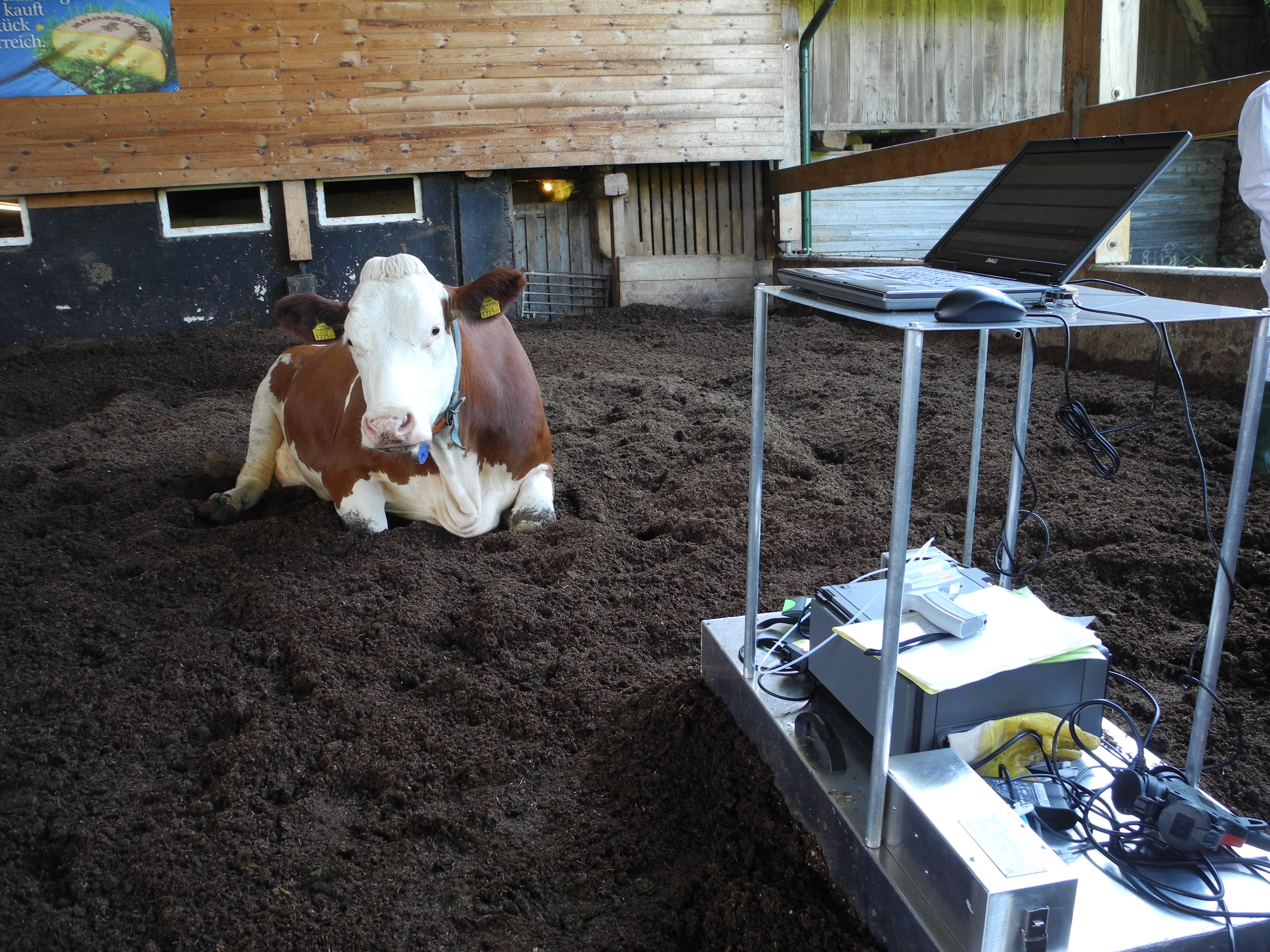In the emissions assessment of composting stables, no correlations could be found between ammonia emissions and odor-relevant VOCs. Nevertheless, the emissions data paint a very good picture of the compost barn system. When comparing the emissions from the compost manure mattress, around a quarter of the farms examined are above the concentration range of cubicle free stalls, while the majority are significantly below or at most in the same concentration range. If you take stock of the entire compost barn system and compare it with cubicle barns, the average emission values for compost barns are lower.
When assessing the odor-relevant VOCs, it should be said that the average value of the measured VOC concentrations is significantly below that from a cubicle barn, so that clear evidence could be provided for the significantly lower odor activity of a compost barn.
In compost stables, sawdust is preferred as bedding material. Although these are usually expensive to purchase, they have high absorbency, good structural stability, rot sufficiently well under aerobic processing and are widely available in Austria. Spelled husks are very suitable for improving the composting process (increasing the temperature), which can be particularly important in the wet-cold transition period and in winter. Alternative bedding materials such as corn cobs, brushwood and needles, hay from nature conservation areas, digestate, etc. have specific properties and cannot be used as the sole bedding material.
The microbiological screening showed that there is no major variation within the individual seasons or when comparing farms. The farms that have a slightly higher total germ count either show a changed microbiology (especially thermophilic microorganisms) due to the alternative bedding material spelled husks, or mold due to the consistently (too) low temperatures of the compost manure mattress over a long period of time. The highest total germ count was in farms with spelled husks, while companies with sawdust and wood shavings had the lowest overall germ counts. Extremely thermophilic spore formers (XTAS) are present in very low concentrations in the compost manure mattress of all farms examined.
The composts examined in the process were sufficiently dry with an average of 35% dry matter. This ensured that the animals were sufficiently clean. The average C/N ratio of 30:1 indicated the ongoing composting well.
During the course of the project, a recommendation guide was developed for the optimal success of a compost barn.







